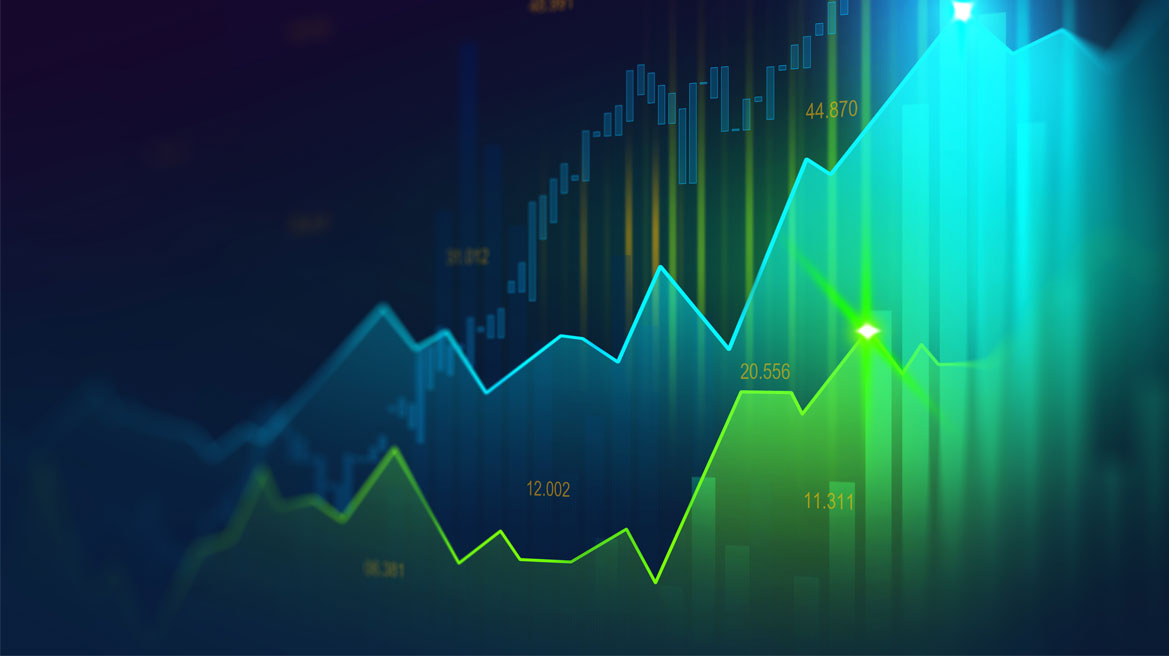Ransomware needs shot up in 2020, with new analysis revealing businesses paid out an ordinary of $312,493 to retrieve information and unlock methods compromised by cybercriminals. As attacks turn into more and more sophisticated, companies are owning to guard from double risk extortions, which can lead to sensitive details staying posted on the web.
The examination, carried out by Device 42, the analysis division of safety organization Palo Alto Networks, assessed risk information from a variety of platforms. It found that the ordinary ransom payment made by companies improved 171% in 2020, up from $one hundred fifteen,123 in 2019 to $312,493 final 12 months. Ransomware accounted for eighteen% of the 878 cyberattacks recorded in 2020 by the Id Theft Source Centre.

In ransomware attacks, criminals crack into the victim’s community, typically through a phishing assault or by exploiting a regarded vulnerability. As soon as inside of they steal or encrypt information, and demand from customers a ransom that need to be paid out right before the encryption is taken off and the information is returned.
Organizations are acutely aware of the severity of the risk they’re experiencing. “Ransomware has been the flavour of the 12 months,” Álvaro Garrido, chief safety officer at Spanish bank BBVA, instructed Tech Watch final thirty day period. “The motivations of criminals are shifting, mainly because if they can deploy their malware and encrypt an full company they can carry that company down. The stakes are so superior that we just cannot pay for any errors.” Indeed, personal health giant Garmin was left counting the cost of a ransomware assault final August, shelling out a huge ransom, considered to be up to $10m, to recuperate user information that had been stolen.
Ransomware attacks in 2020: shifting techniques
Criminals are starting off to make their ransomware attacks much far more specific, in accordance to Ryan Olson, vice president for Device 42 at Palo Alto Networks, who claims attackers are moving absent from the ‘spray and pay’ product of indiscriminately concentrating on organisations in the hope of acquiring a vulnerability to exploit. “Ransomware operators are now taking part in a lengthier match,” he claims. “Some operators make use of advanced intrusion procedures and have huge teams with the ability to choose their time to get to know the victims and their networks, and most likely lead to far more problems, which permits them to demand from customers and get more and more higher ransoms.”
This notice to detail can arrive proper down to the time at which an assault is committed. “A trend we’ve noticed around the final eighteen months is for criminals to do most of their function outside normal place of work hours, in evenings at weekends or on bank holidays,” claims Max Heinemeyer, director of risk searching at Uk cybersecurity organization Darktrace. “They might get the keys to the kingdom – the domain controller – on a Friday afternoon, function by way of till Sunday, then encrypt on Sunday night time. They do this to lower the reaction and reaction time from the ‘blue team’, the defenders.”
The attacks that criminals use to accessibility their victims’ methods are evolving all the time. Previous week observed the very first reports of DearCry, a malware staying employed to choose edge of the Microsoft Trade server vulnerability and start ransomware attacks. “Once the vulnerability was found out, it was only a make a difference of time right before far more risk actors began to choose edge of it,” claims Eli Salem, lead risk hunter at Cybereason, who has been tracking DearCry’s progress.
In the final couple hours, there have been reports about new ransomware dubbed #DearCry that attackers fall just after exploiting the msexchange #ProxyLogon vulnerability.
I briefly dig into this new ransomware and some insights I obtained to see: pic.twitter.com/eCYKNKoyAC— eli salem (@elisalem9) March twelve, 2021
The expanding risk of double extortion ransomware
Device 42’s examination also highlights the expanding prevalence of ‘double extortion’ ransomware attacks, in which information is not only encrypted but also posted on the web in a bid to influence the sufferer to shell out up. “They scramble your information so you are unable to accessibility it and your computers halt functioning,” Device 42’s Olson describes. “Then, they steal information and threaten to put up it publicly.”
“We observed a major boost in various extortion during 2020,” he claims. “At least 16 various ransomware variants now steal information and threaten to put up it. The Uk was fourth-highest in our listing of countries exactly where sufferer organisations had their information printed on leak websites in the final 12 months.”
Victims of Netwalker ransomware are most probably to have their information uncovered in accordance to Device 42’s analysis, which displays 113 organisations had information posted on leak websites as a final result of Netwalker breaches. Its most superior-profile sufferer in the final 12 months was Michigan Condition College in the US.
Attackers are also applying the risk of DDoS assault to extort ransoms from their victims, Olson adds. This was a preferred technique by the prison gang at the rear of the Avaddon malware.
The potential of ransomware and what to do about it
Launching ransomware attacks turned much much easier in latest years due to malware as a assistance, in which prison gangs hire accessibility to malware and the specialized experience essential to use it. Darktrace’s Heinemeyer predicts that improved use of AI by criminals will extend the scale of their assault while earning them more challenging to thwart.
“A zero day like the Trade vulnerability theoretically presents a risk actor accessibility to countless numbers of environments,” he claims. “The only factor that stops them earning funds from all of these is the total of human hackers at their disposal.” AI could be employed by prison gangs to quickly locate and encrypt information, earning it much easier for them to scale their operations. “We currently use AI on the defensive side, and we’re starting off to see it deployed by criminals,” Heinemeyer claims. “[For hackers], the Trade vulnerability is like capturing fish in a barrel. At the instant, they just have a crossbow to shoot with, but with automation they’re acquiring a equipment gun.”
For businesses seeking to lower the possibility of slipping sufferer to ransomware attackers, Device 42’s Olson claims subsequent cybersecurity finest exercise – backing-up information, rehearsing recovery processes to minimise downtime in the occasion of an assault, and schooling staff members to place and report destructive email messages, is essential. He adds: “Having the proper safety controls in location will significantly lower the possibility of infection. These include things like technologies this kind of as endpoint safety, URL filtering, advanced risk prevention, and anti-phishing remedies deployed to all organization environments and equipment.”

Senior reporter
Matthew Gooding is a senior reporter on Tech Watch.



